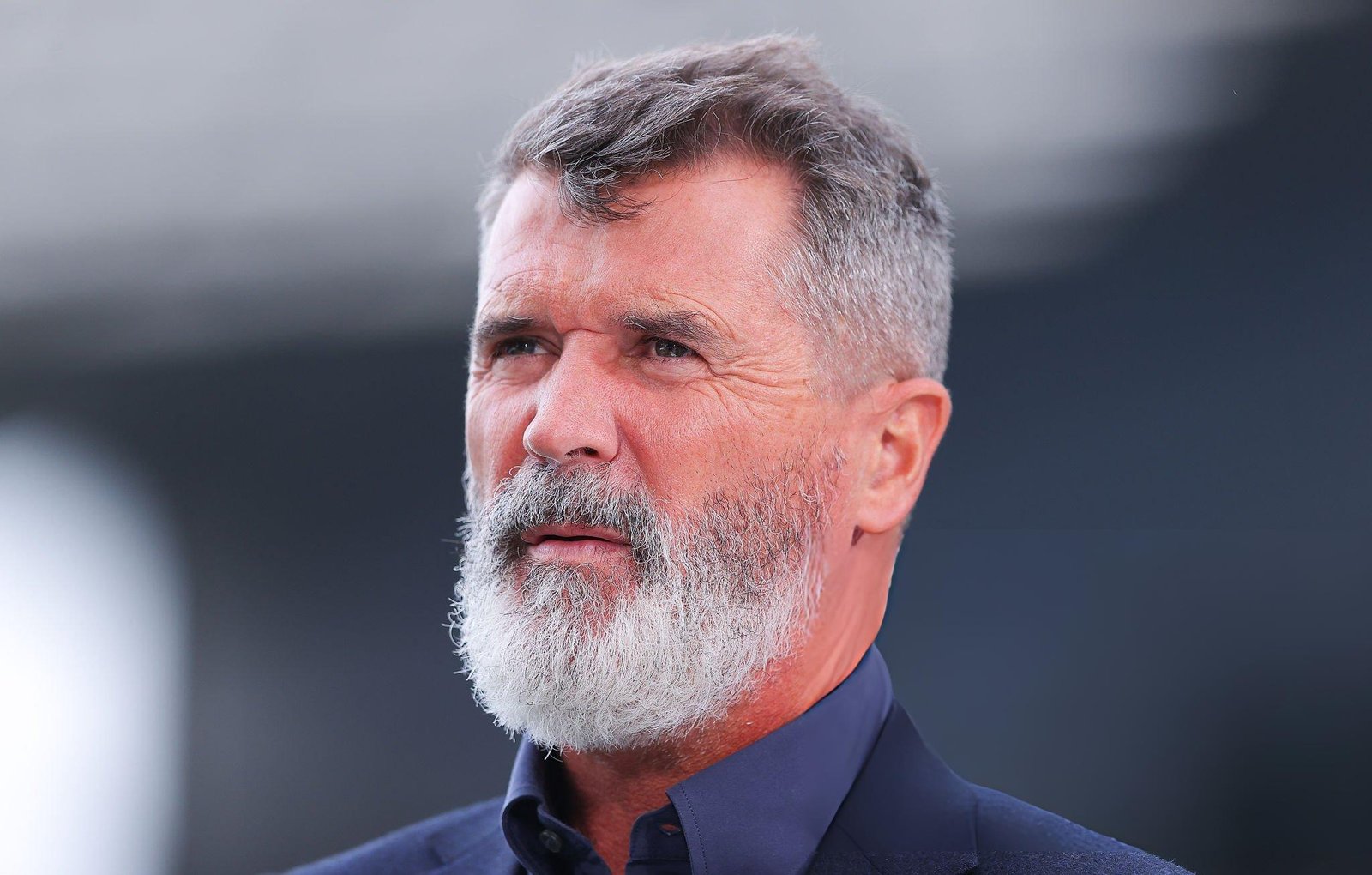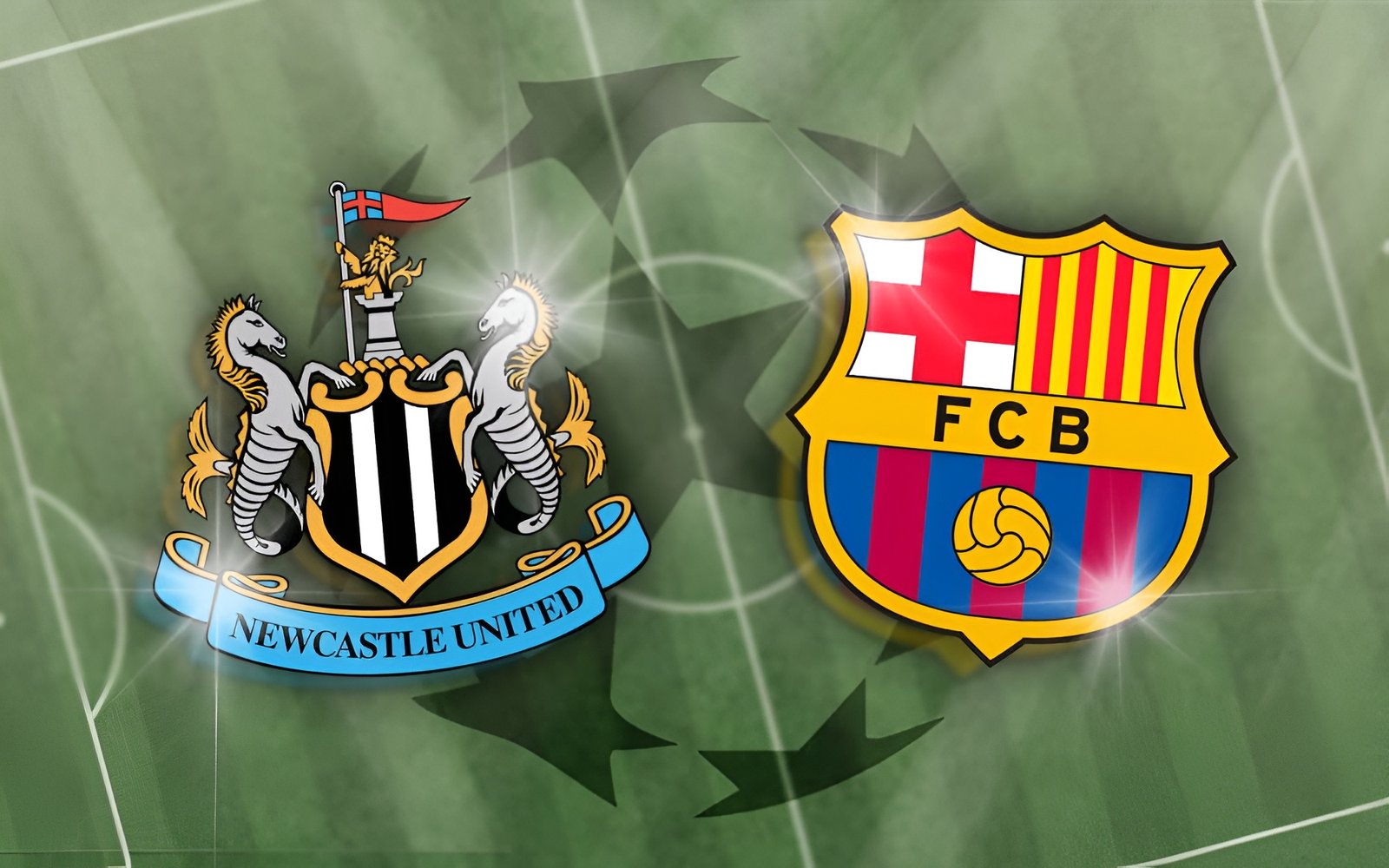USMNT fans are grappling with fresh doubts after a 2-0 defeat to South Korea left questions about readiness just months before the World Cup kicks off on American soil. The result sharpened concerns that patterns of underperformance are not being solved and that leadership decisions may be fueling, rather than settling, uncertainty.
Performance problems that won’t go away
The loss to South Korea was more than just another slip, it highlighted recurring flaws that continue to haunt this U.S. team. In seven recent matches against FIFA Top 25 nations, the Americans have conceded heavily before halftime, showing a troubling inability to set the tone early. Repeated slow starts drain confidence and tilt matches beyond reach long before the final whistle.
On this occasion, Son Heung-min dictated the contest with a goal and an assist, while the U.S. failed to carve out many true chances. Clear attacking ideas were missing, midfielders lost rhythm against Korea’s pace, and defensive gaps left the back line scrambling. Critics noted that the mid-game response was late and blunt, reflecting a team that reacts rather than dictates.
Also Read: Is the FIFA Club World Cup trophy in Donald Trump’s Oval Office real?
After the final whistle, Mauricio Pochettino took a contrarian view, suggesting the U.S. were better overall and created enough to change the result. His angle quickly met pushback. Analysts and former players pointed instead to Korea’s sharper patterns, tempo, and composure, painting a far bleaker picture of where the Americans currently stand.
Selection choices are also causing friction. The decision to hand a first start to debutant Tristan Blackmon at center back fueled debate about whether constant rotation is hurting chemistry. Observers argued that with the clock ticking toward a home World Cup, constant experiments are stripping the side of rhythm rather than adding it.
The midfield remains the clearest problem area. Tyler Adams’ presence could not connect passes or spark coordinated pressing, leaving the U.S. disconnected. A sputtering midfield exposes the defense, while making attacks lopsided and sporadic. Christian Pulisic’s return added little, reminding everyone that one star cannot solve structural cracks.
Leadership, direction, and the road ahead
The mood shift is being noticed among those closest to the team’s journey. Landon Donovan, once upbeat about progress, now admits that optimism is fading fast. He pointed ahead to the looming test against Japan as a chance to flip momentum before belief slips away further.
The manager’s stance, though, shows no sign of softening. Earlier friction with Pulisic confirmed Pochettino’s refusal to let players dictate terms. His insistence on discipline and authority could unify the squad, but only if it leads to visible improvements on the field.
The schedule ahead provides no breathing space. Japan arrives next, with Australia and Ecuador lined up soon after, followed by Paraguay and Uruguay in November. Each opponent brings World Cup-level strength and little margin for error. The daunting run is both a risk and an opportunity, demanding immediate fixes while offering real chance to build proof of progress.
Also Read: Trump’s Travel Ban Triggers Fan Concerns With 2026 World Cup Approaching
What must change now
The list of fixes is not long, but it is urgent. The U.S. must settle on a clear first-choice lineup, especially in central defense and midfield, to add consistency. Midfield shape needs refinement, with set roles for ball progression and pressing to prevent the team from chasing games.
In attack, patterns must become repeatable, whether through early runs, layered combinations, or wide overloads that create real chances instead of hopeful crosses. Transition defense, too, requires immediate tightening, with better protective structure against pacey forwards who exploit even half-open spaces.
Finally, the messaging must align more closely with reality. Confidence matters, but blunt honesty and tactical adaptation are what can restore faith among players and fans alike.
The next few months will decide whether this talented group can find direction in time. Japan offers the first test in a pivotal window, one that could either extend the doubts or mark the beginning of a late surge toward readiness.


